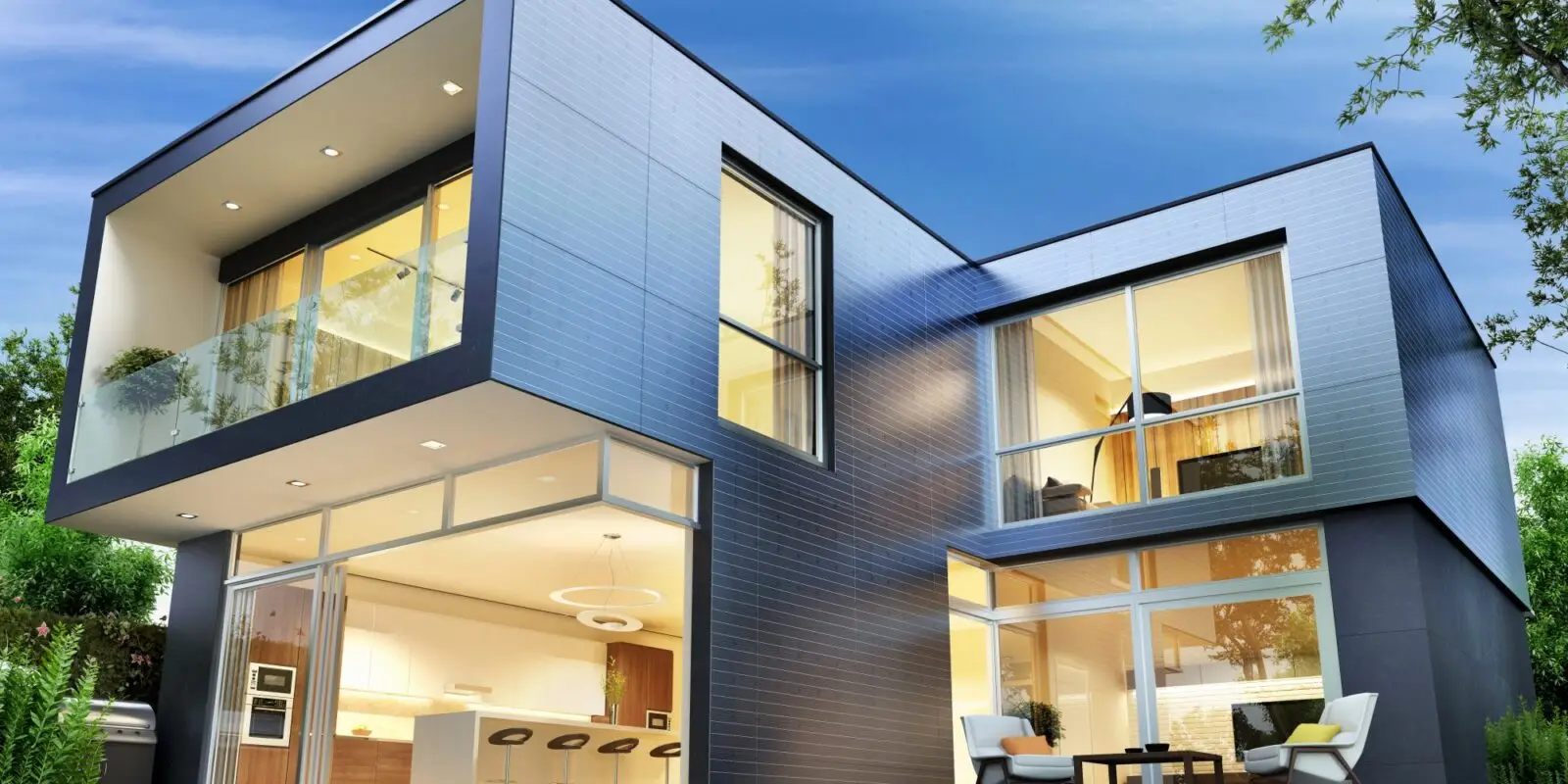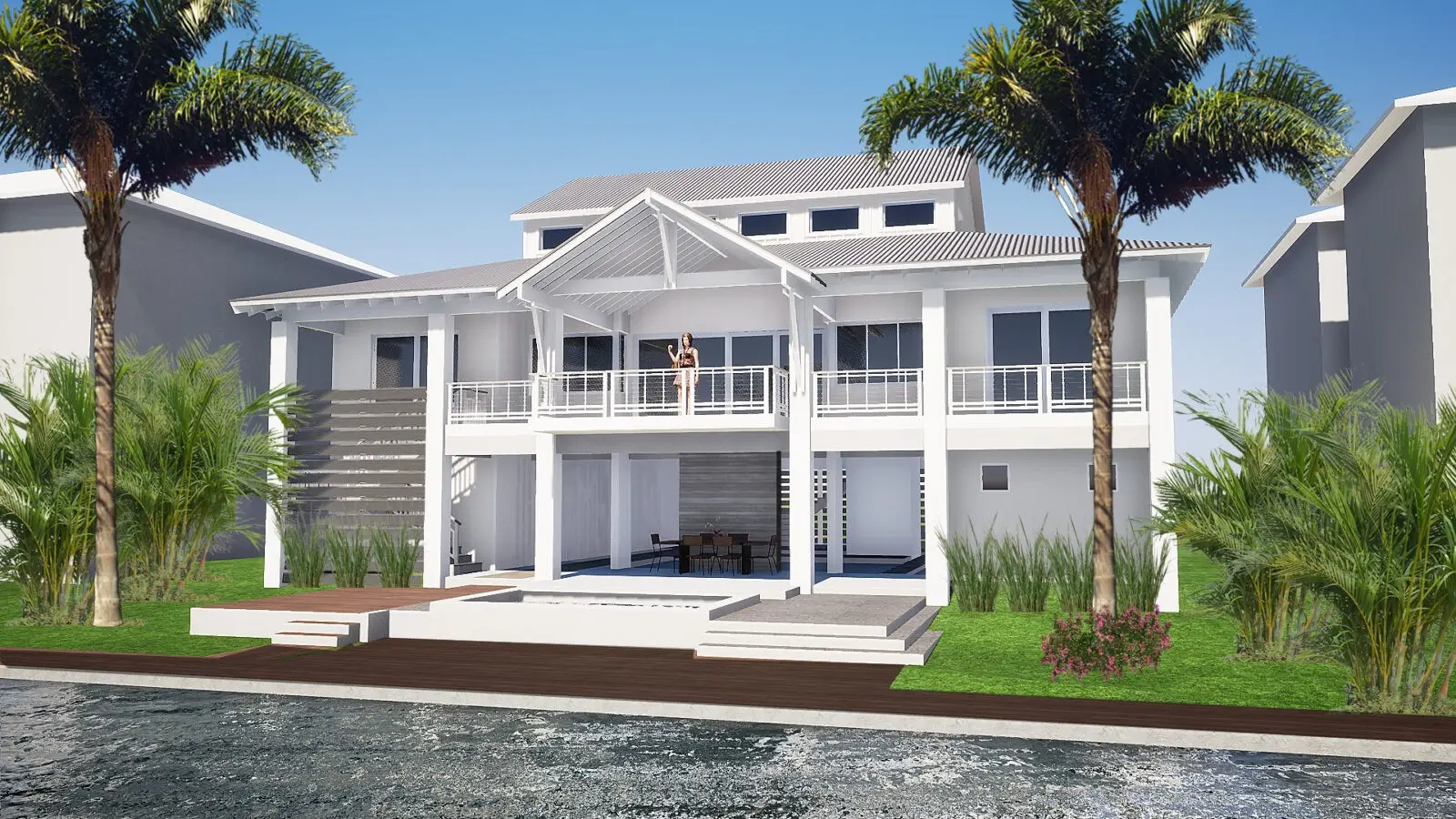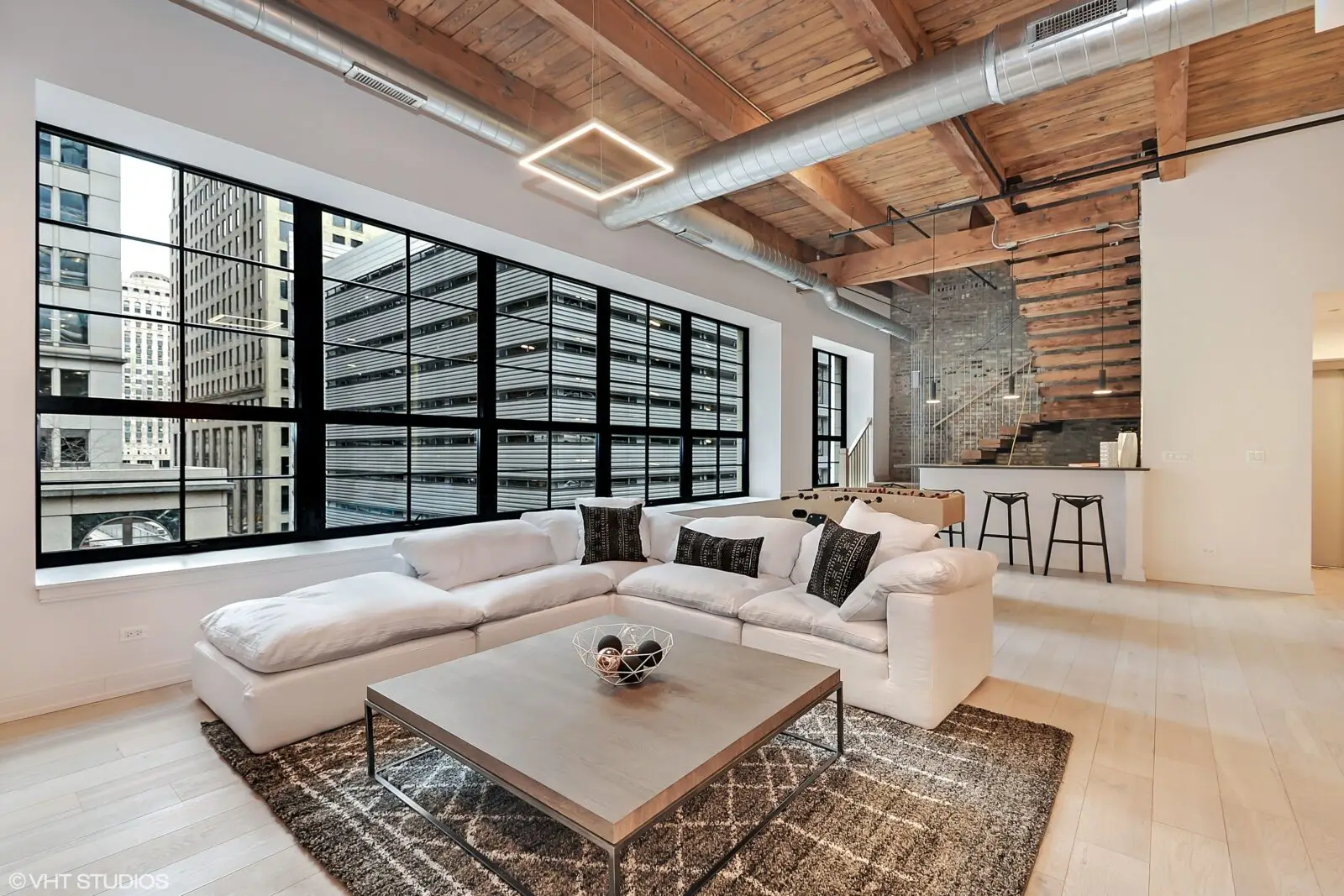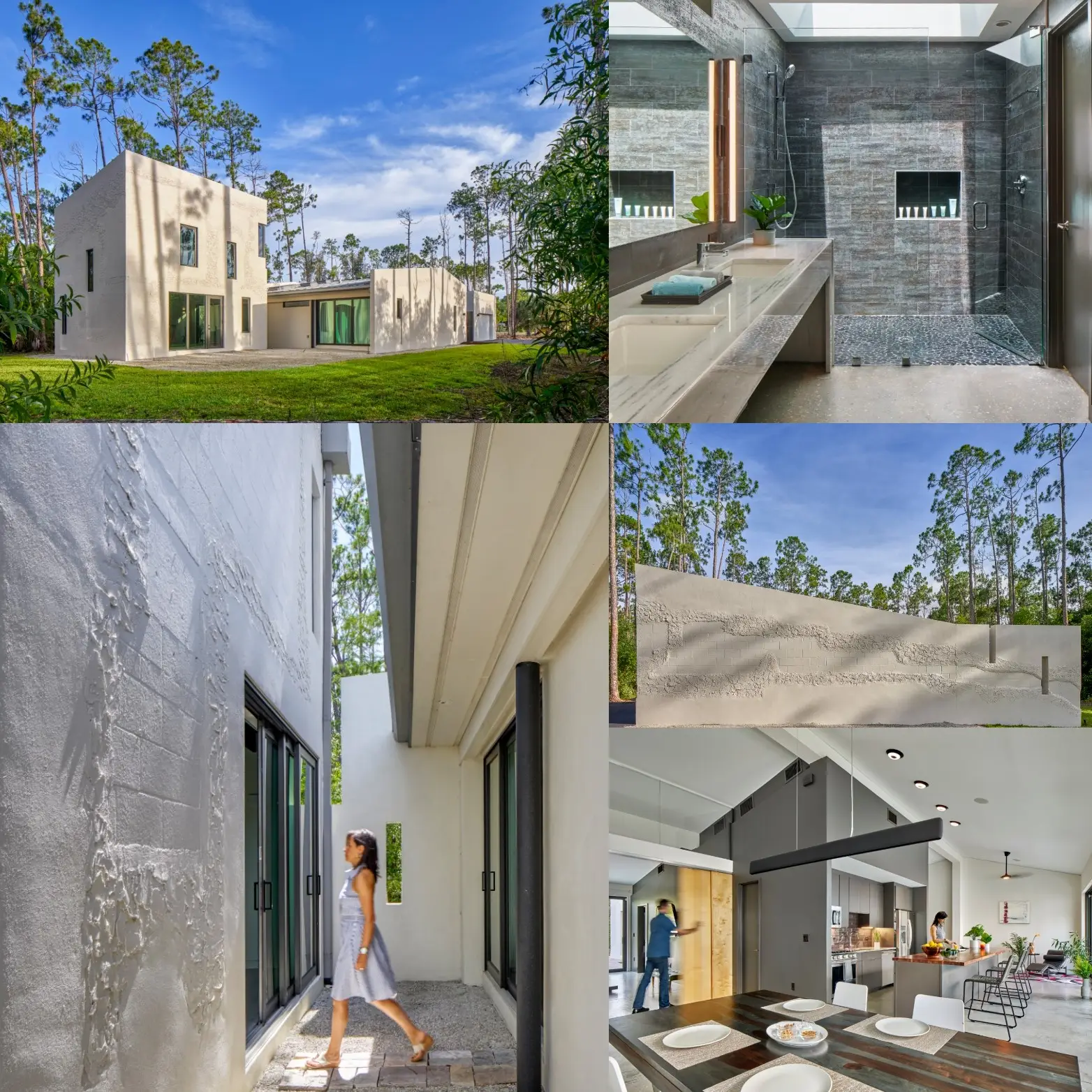


SO, it would seem, that a nice hot earth is the perfect incubator for a new, juicy pandemic.
AND a pandemic is what we have with the Coronavirus. It is here and it cannot be avoided, nor ignored. Therefore, when one is in danger, the best thing to do, is to meet it head on. That, will be exactly what I am doing in this blog post.
Today, as I comfortably work from home, with three homeschooling children and a husband locked in the home office, I will discuss the impact of climate change and the rise of the “pandemic”. Now do not get me wrong, this is not new news. As over the years there have been a “great” many sweeping infections to infiltrate the world and remind us that we need to clean up society and our way of living.
However, with the tools and knowledge accessible to us, maybe, just maybe we can understand it a little better and put in place practices that can minimize the chances of it happening again and use architectural methods to help.
So that is a fabulous place to start, the history of the pandemic and how it has evolved over time.
A PANDEMIC (from Greek πᾶν, pan, ‘all’ and δῆμος, demos, ‘people’) is an epidemic of an infectious disease that has spread across a large region and crossed boundaries.
https://en.wikipedia.org/wiki/Pandemic
Throughout history, there have been a great number of pandemic diseases. These have ranged from Smallpox, Tuberculosis and one of the most devastating pandemics was the Black Death (The Plague), which killed an estimated 75–200 million people in the 14th century. (Wikipedia)
Other pandemics of note include the 1918 influenza pandemic (Spanish flu) and the 2009 influenza pandemic (H1N1). Current pandemics are HIV/AIDS and now the 2019–20 coronavirus pandemic, which we are in the midst of. Navigating a new unknown.
The upshot is… the pandemic is nothing new and usually starts from a zoonosis (I learnt that word today) which means an infectious pathogen that has transferred from animals (usually vertebrates) to humans. This has arisen from the domestication of animals and has been the cause of Ebola, COVID 19, Spanish Flu (when It combines with a human strain). To be honest we could write a whole article just on the history, but you get the gist.
From recent pandemics/epidemics we have learnt that viruses can be passed via three routes.
-Air (AC, Ventilation)
-Surfaces (metal, etc)
-Water – (clean, filtered water?)
Just think of your innocuous cruise liner, how an illness can get out of control via these three elements onboard. Also poorly designed hospitals with bad ventilation and an abundance of metal surfaces? Overcrowded waiting, holding areas, also an issue. What if we could reduce this by thoughtful design?
If spaces can be purposefully designed, they could help in the prevention, treatment and containment of an infectious disease such as COVID 19? It would be a total rethink of public spaces, the gym, sports venues, airports, hospitals and offices, just to name a few.
Remember, this won’t be the first time in history that cities and buildings will be reimagined or redesigned in response to an increased understanding of disease: for example :- London’s reassessed infrastructure – in the wake of the city’s 1954 cholera epidemic, and 19th-century New York’s response to the squalid conditions of tenement housing, both were breeding grounds for death and disease.
In recent months or let us say over the last few years it has come in to light that climate change and the onset of new pandemics could be a very closely related phenomenon. But how you say?
First up a we have a heating planet, this may increase the rise and frequency of infectious diseases, but HOW?
Temperatures increase due to the depletion of the ozone layer (and we all know how that is happening). Ice caps are melting, and the water is rising and rising fast. This in turn means infectious carriers are moving closer to us, think rats, water borne insects, viruses, and bacteria. More information can be found in this article from The Guardian
Plus, our own blog post on FEMA’s 50/50 rule.
https://hlevel.info/what-the-fema-is-the-50-rule/
With excessive deforestation, building and expanding cities, highways and more. As supposed intelligent animals we are actively destroying the habitat and homes of an diverse array of creatures. A habitat is an area where a creature can live eat and breed and is completely self-sustainable. If we destroy their home; they have to move out.
By destroying these mini eco systems, animals are having to move out to look for food (foxes in cities). Relocating from rural to urban areas and this can increase human contact. The diversity is decreased as animals become extinct, move out, die out. There will be less creatures available in their ecosystem and it is shaking viruses from their friendly host (your happy fox, bat, rat, mouse, mosquito) onto a new host and that could very likely be YOU.
Intact natural habitats act as barriers between humans and wild animals and keeps them safe from EACH OTHER. It ultimately creates a dilution effect for the virus.
SO, we need to think about how we are impacting the environment and we need to do it now.
If you would like to read more? Here are three interesting articles on the subject from PNAS, Greenpeace and Scientific American.
https://www.pnas.org/content/117/8/3888
https://www.greenpeace.org/international/story/29970/can-the-pandemic-sound-the-alarm-on-climate-
https://www.scientificamerican.com/article/what-could-warming-mean-for-pathogens-like-coronavirus/
We must rethink how we build and design a home? If we want to reduce the devastating impact, we and development have on the environment, then we MUST design and build structures to reflect this. As architects we must also think about space, ventilation, and sustainability, this in turn can help by:-
-Reducing emissions – using alternative power sources such as solar power.
-Increasing ventilation.
-Utilizing LEED practices to obtain a sustainable goal and sustainable directive.
-Repurposing old buildings instead of destroying and rebuilding.
-Using ecofriendly and antibacterial surfaces, such as copper.
-Biophilic practices, bring nature inside, complimenting it and not destroying it.
Here is some extra reading from Architectural Digest
https://www.architecturaldigest.com/story/covid-19-design





However, we must remember, these viruses do not want to come to us, they are very happy sitting on / living in their host. It is our actions that are bringing them closer to us and ultimately infecting our bodies. Therefore, with smart architectural practices and environmentally considered builds, we can help minimize the potential of a epidemic/pandemic happening again.
Do you want some guidance? Want more information? Would you like to sit down and talk? Then please contact us here at Hlevel
Remember, we are also available via Slack and WhatsApp for any help you may need.
Written by Kelly K Joy